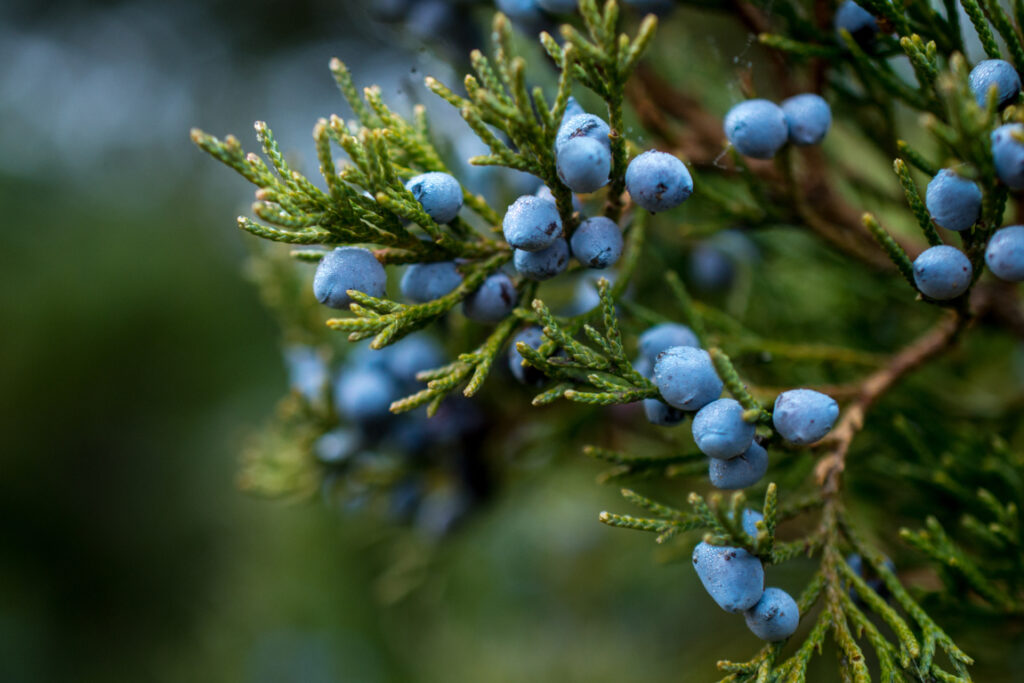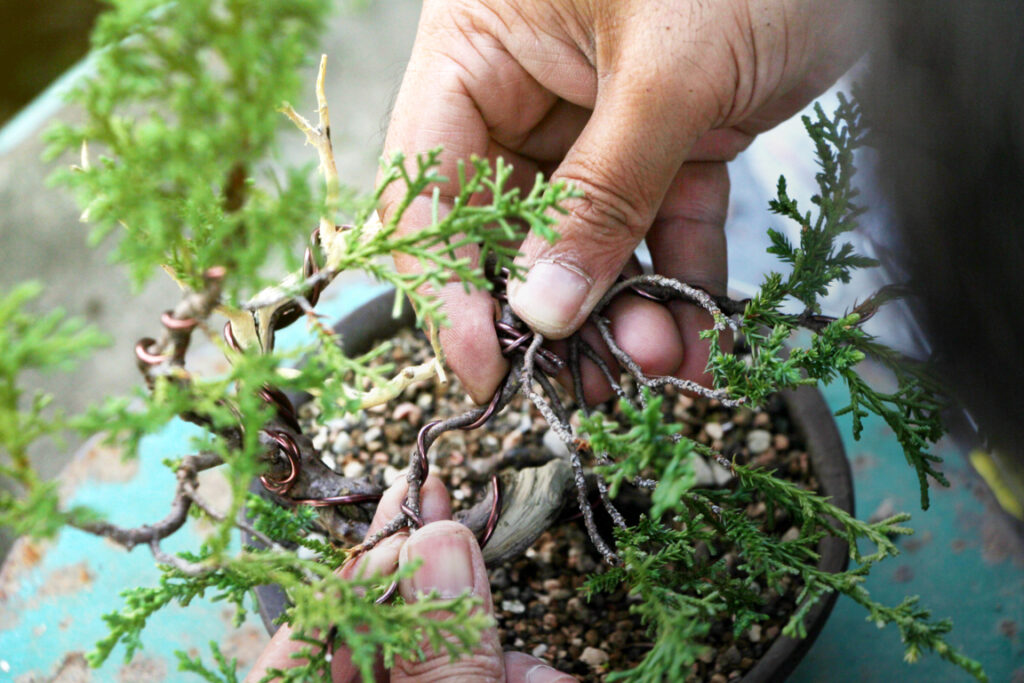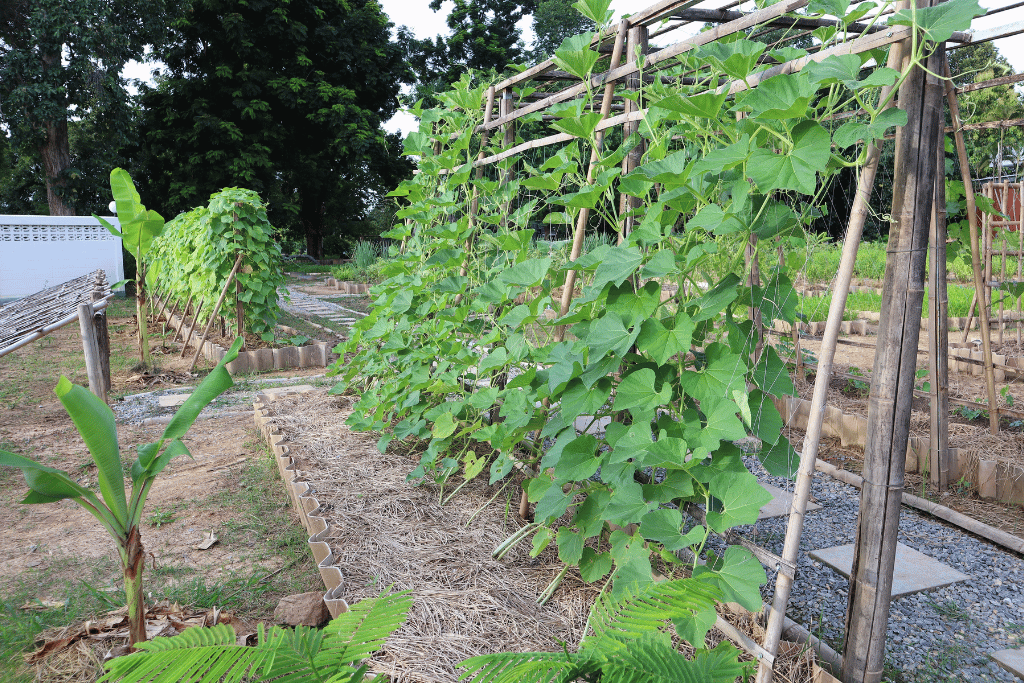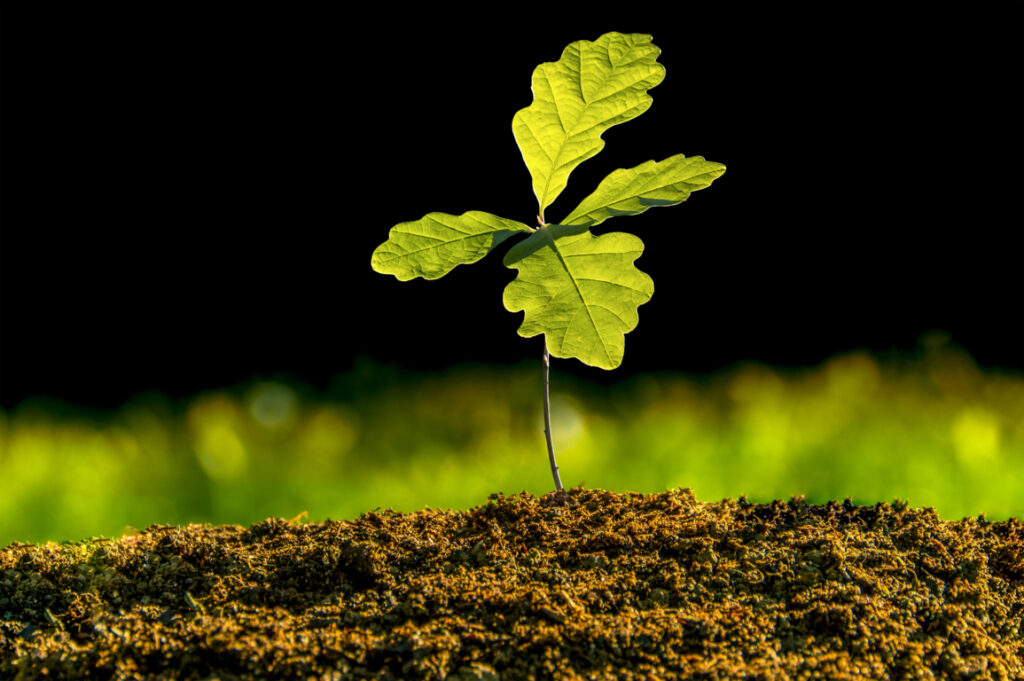With their bright or dark green needles (depending on the foliage), junipers immediately stand out from other trees. Their mighty trunks, usually carved with deadwood, contrast the black background they are generally displayed against. It’s no wonder that growing juniper bonsai is so popular.
Growing juniper bonsai from seed is one of the preferred methods as well as cuttings, other techniques do not work well. When using seed, though, the seedling might not stay true to the mother plant. However, cuttings will stay true.

Collecting Juniper Bonsai Seeds
If you have any juniper trees in your local area, you can try to collect seeds from them. It’s probably faster than ordering them and most likely a lot cheaper.
Juniper trees produce cones (berries), from which you need to remove the seeds before planting. This can be done in late autumn. You can pick these cones off the juniper by hand if you can reach them, or you can try and shake branches to get them to fall.

Extracting Seeds
If you’ve managed to collect your cones. You can now move on to removing the seeds.
First, you should soak the cone for a few days to try and soften it. Check on the cone every day, and put it back in the water if it’s still not soft enough. When it is, you should be able to rub it against a surface and expose the seeds.
Once you have the seeds, you should soak them for 24 hours in water. Remove any that float, keeping the ones at the bottom. The seeds that float are most likely not viable, and you will have little success planting them.
Preparing the Seeds
After soaking your seeds, you will have to give them a period of cold, referred to as stratification. This mimics autumn and winter, tricking the seeds into believing it’s time to germinate once you take them out of the cold period.
To stratify seeds, I typically wrap them in a damp paper towel and put a plastic bag over them, leaving them in the fridge for several weeks, depending on the species. For junipers, you should leave them in there for at least a month or more.
Planting the Seeds
Hopefully, your long wait is over. Once your seeds have been through a stratification period, you can sow them. Prepare a soil mix – I typically use a combination of compost, perlite and sand for most of my seedlings.
When growing juniper bonsai from seed, you should ensure that the seeds are about half an inch deep in the soil. Make sure they are covered. Otherwise, germination may not happen. Keep the soil moist at all times, ensuring it doesn’t dry out. Juniper seeds will need bright, indirect sunlight.
Transplanting Seedlings
Once your juniper seedlings have started to grow, you may need to prick them out and give them their own pot. This separates them from the other seedlings, removing competition for water and nutrients.
When pricking out juniper seedlings, you should be careful not to disturb the roots as much as possible. The roots will likely be relatively small and sensitive, so keep as much of the root undisturbed as possible when planting them into the new pot. They can be planted in the seed mix or another soil medium of your choice.
After planting them in their new pot, make sure to water the seedling thoroughly to help offset any root shock that may have occurred during the process. Newly repotted juniper trees and seedlings may require more water/more frequent watering, so pay attention to the soil’s moisture.

Growing Juniper Bonsai From Seed
Within a couple of months, your juniper seedling should have put on a bit of growth. The roots have started to develop more, and you may see more vigorous growth in the coming months or next year, depending on the season and conditions. If cared for correctly, you can make a bonsai out of the juniper seedling in around 15-20 years.
Watering
Juniper trees don’t require as frequent watering as other species – they prefer to be watered usually once every two days, depending on the conditions. If you live in a very hot climate, it may be wise to water them at least once a day.
Like any other seedlings, juniper seedlings will perish very quickly if they are subject to underwatering or overwatering. To avoid this, ensure that you pay attention to the soil’s moisture frequently and don’t drown the seedling in water. Overwatering will prevent oxygen from getting to the roots, which can rot them and lead to the death of the seedling.
In the growing seasons (spring and summer), your juniper seedling will likely put out much more growth and, therefore, will have a higher water demand. Make sure you pay attention to this, as the change may surprise you. In autumn and winter, you will only need to water them occasionally.
Fertilizing
As a rule, I never fertilize my seedlings for the first few months or the first year. Their roots are pretty small and can be sensitive (depending on the species), meaning that if you applied high concentrations of fertilizer, it could burn them and kill them very quickly.
If you’ve overfertilized your juniper seedling, try to drain as much fertilizer as possible. You can do this by watering the seedling very thoroughly or loosening it out of its pot and submerging it.
When you believe your juniper seedling is ready to be fertilized, you can start applying feed to try and push out as much growth as possible and develop the roots. It’s essential that you fertilize any bonsai tree when they are ready, especially junipers, due to their slow-growing habits.
When growing juniper bonsai from seed, I use special compost for seeds. This usually provides them with a good amount of nutrients for a few months, after that I fertilize them myself.
Repotting
Within a year or two, your juniper seedling may have become root-bound in its pot. This can typically be seen by roots coming through the bottom of the drainage holes or the roots circling multiple times.
It’s best to repot any tree or seedling when they become root-bound, as it can slow down growth. However, this should be done at the right time, such as in spring. If it is severe, you can slip pot the tree in the growing season while trying not to disturb the roots as much as possible.
When repotting juniper seedlings, you should only plant them in bonsai pots if you are growing shohin bonsai. Bonsai pots will restrict the tree’s growth, while we are trying to get it to put on a lot of growth and develop quickly. Make sure to use a larger pot than its previous one, ensuring that it has plenty of soil medium to grow into. Your tree may become root-bound more often if you keep on repotting it into too small a pot.

To repot your juniper seedling, you can gently loosen it out of its pot by teasing the sides and the bottom. If it’s root-bound, it might require a bit more force. Once the seedling is out of its pot, you can take off minimal amounts of soil around the sides and bottom of the root mass to loosen the roots.
With seedlings, I like to keep them in a soil mix which is not entirely inorganic, such as pumice. It can survive in completely inorganic mixtures, given the right amount of fertilizer and water. However, I’m not particularly eager to do this. When your juniper seedling gets older, it can handle being potted in mixes such as pumice and akadama a lot better.
Wiring
Put the wire down! You might be tempted to stick wire on the juniper seedling as soon as it pops up. I typically leave my seedlings un-wired until after their first year, as they usually are still able to bend then. This lets them grow uninterrupted for a while, allowing them to get established.
After the first year, you can begin wiring your juniper seedling. You might find it easier to use annealed aluminum wire on young juniper seedlings, as they can be finicky to wire and won’t require a lot of stiffness to set in place. When your juniper bonsai is older, you can begin to use annealed copper wire. It’s a lot stiffer and is better with conifers to hold branches in place. However, it can be more expensive and hard to get used to working with.
When wiring seedlings, it’s best not to overkill with the gauge! Wire gauges such as 3mm are way too thick for seedlings, and you should instead opt for gauges such as 1mm or 1.5mm, depending on how stiff the trunk/branch is. You can test if the wire keeps it in place by pushing it against the branch you are wiring. If it doesn’t move, it will hold it in place.

Further Reading
If you would like more in-depth advice on the general care of seedlings, then you can refer to this article in which I discuss it.
Growing and Caring for Bonsai From Seed
Growing juniper bonsai from seed hopefully now seems much more straightforward, good luck with your propagation adventures!
Frequently Asked Questions (FAQ)
How long will it take for my juniper to develop into a bonsai?
Growing juniper bonsai from seed takes a lot of work. It can take 15-20 years to start seeing a good bonsai forming. As long as you have the knowledge and techniques, you should be able to stick to this timescale.
Is it better to grow juniper bonsai from seedlings or cuttings?
When determining the answer to a question like this, consider what you want. Cuttings will stay true to the mother plant, meaning they will have the same characteristics. Seeds will likely not stay true to the mother plant, meaning that the tree may exhibit different characteristics and respond differently to specific techniques. Growers typically use cuttings if they have grafted particular foliage onto a tree, such as Itoigawa.
Why do growers graft different foliage for juniper bonsai?
With juniper bonsai, you might find that their foliage may look slightly different. This is because many growers graft other foliage onto the tree, such as Itoigawa. Itoigawa is desirable as it produces small, compact dark green needles that look very refined once they are older.
When will my juniper seedling begin producing cones?
If you have taken a cutting of the juniper, it’ll likely start producing cones from the start (given the right season). Growing junipers from seed, the tree may take longer to start producing cones. You should note that junipers will only produce berries on mature foliage and when they are healthy.



